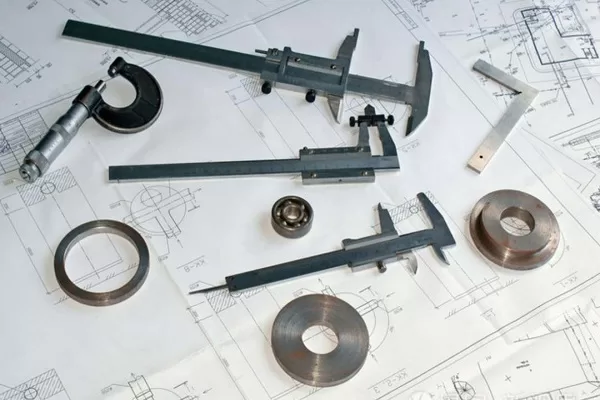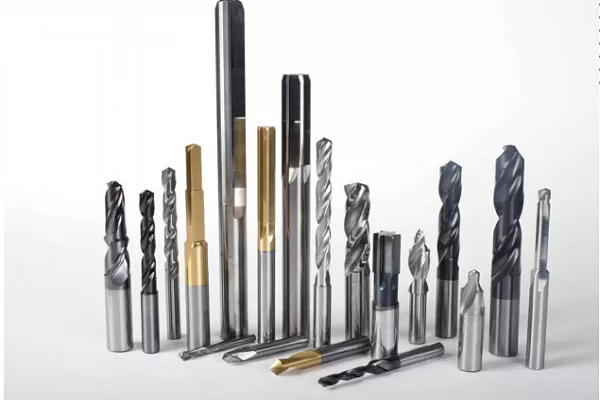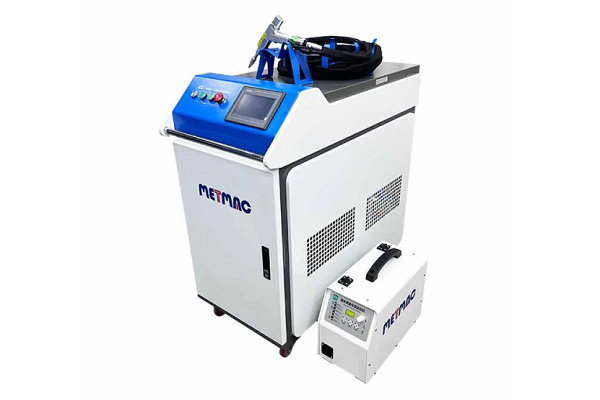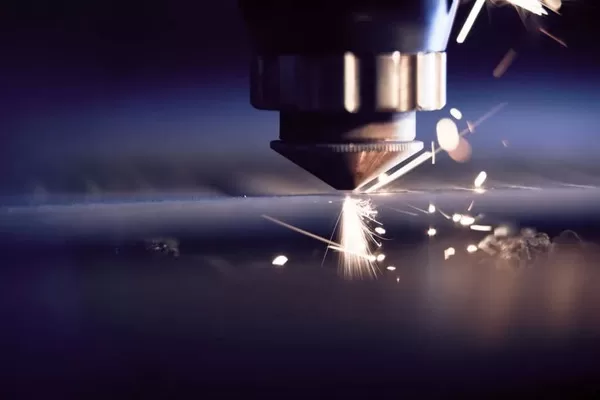
Precision Engineering- Design Features of Duct Rolling Machines
- By:Metmac
- 2024-05-08
- 91
Introduction
Precision engineering lies at the heart of duct rolling machines, enabling them to produce high-quality ducts that meet the stringent requirements of various industries, including HVAC, automotive, and aerospace. This article explores the intricate design features that contribute to their exceptional performance.
Frame and Bed Design
The frame and bed of a duct rolling machine provide the structural foundation for all other components. They are typically fabricated from robust materials such as cast iron or steel, which ensures stability and resistance to deformation under heavy loads. The design incorporates ribbed reinforcements or cross-bracing to enhance rigidity and minimize vibrations.
Rollers and Mandrels
The rollers are the primary components responsible for bending and shaping the sheet metal. They are precisely machined from hardened steel alloys to withstand the high stresses involved in the rolling process. The rollers’ surface finish is meticulously ground and polished to ensure a smooth and seamless finish on the ducts. Mandrels, which are inserted into the ducts, provide internal support and prevent buckling or distortion during bending.
Drive System
The drive system is critical for controlling the rolling speed and torque. It typically comprises a variable-speed electric motor connected to a gearbox. The gearbox provides a range of speed ratios, allowing operators to adjust the rolling speed based on the material thickness and curvature requirements. Clutch and brake mechanisms ensure precise and responsive control of the drive system, enabling rapid acceleration and deceleration.
Control System
Modern duct rolling machines are equipped with advanced control systems that enhance user experience and optimize performance. These systems incorporate touchscreens or digital displays that provide real-time information on rolling parameters, such as speed, torque, and roll position. Operators can program specific bending sequences and adjust settings on the fly, resulting in consistent and reliable duct production.
Precision Measurement Devices
Precision measurement devices are indispensable for ensuring the accuracy of the bending process. Optical encoders or laser scanners are used to measure the position of the rollers with high accuracy. This information is fed back to the control system, which adjusts the drive system to compensate for any misalignments or deviations from the desired bend angle. Contact sensors or laser triangulation systems provide additional data on the material thickness and duct shape, enabling the machine to adapt to material variations and maintain consistent results.
Safety Features
Safety is paramount in duct rolling operations. Machines are equipped with safety guards and interlocks to prevent operator injuries and equipment damage. Emergency stop buttons are strategically placed for quick access, and automatic overload protection circuits prevent excessive force from damaging the machine.
Conclusion
The design features of duct rolling machines embody the principles of precision engineering, ensuring exceptional performance and reliability. From the robust frame and bed to the advanced control systems and precision measurement devices, each component contributes to the production of high-quality ducts that meet the demanding standards of various industries. These machines are indispensable for the efficient fabrication of HVAC systems, automotive components, and aerospace structures.
-
The Advantages of Using a Sheet Roll Forming Machine in Manufacturing
2024/09/14 -
How to Optimize Your Laser Sheet Cutting Machine for Maximum Performance
2024/09/12 -
How to Maximize Efficiency with Modern Sheet Metal Working Machines
2024/09/04 -
The Environmental Benefits of Using Duct Board Grooving Machines
2024/09/03
-
A Guide to the Latest Innovations in Sheet Metal Folding Machines
2024/11/29 -
Key Features to Consider When Investing in a Sheet Metal Folding Machine
2024/11/28 -
Enhancing Precision with Advanced Sheet Metal Folding Machines
2024/11/27 -
How to Choose the Right Sheet Metal Folding Machine for Your Workshop
2024/11/26



